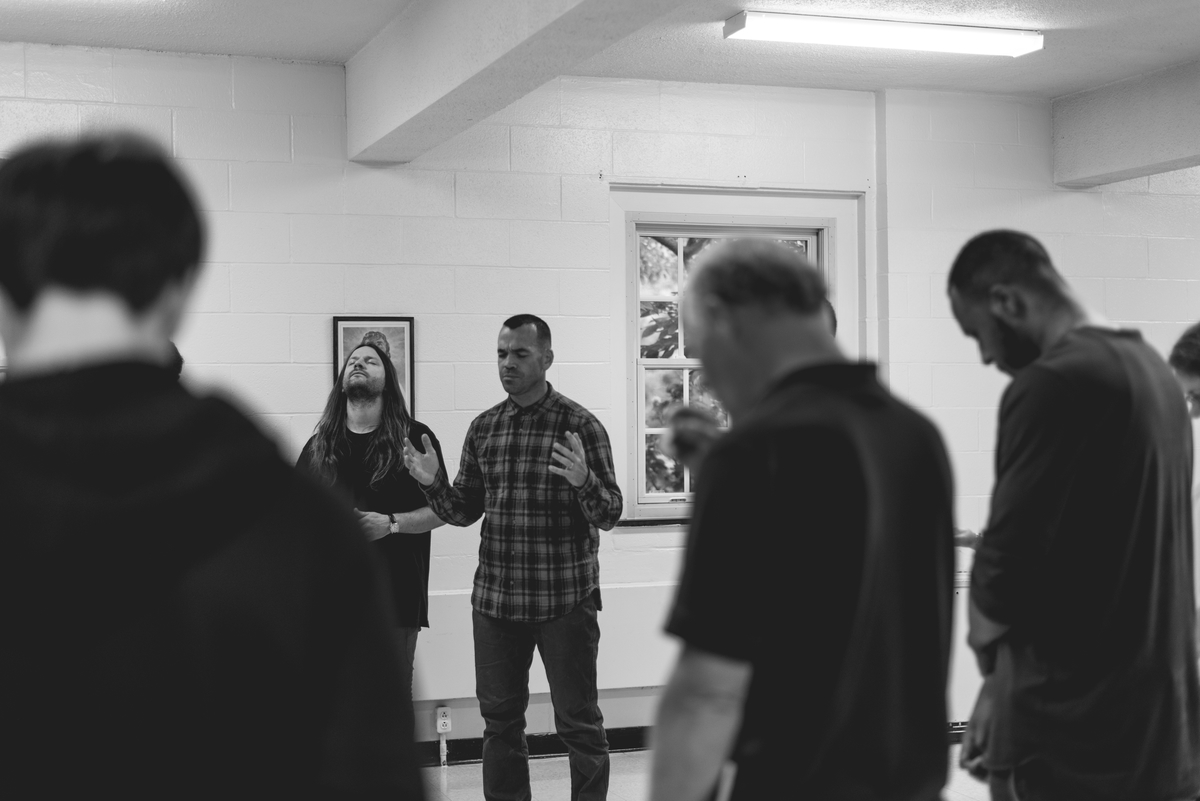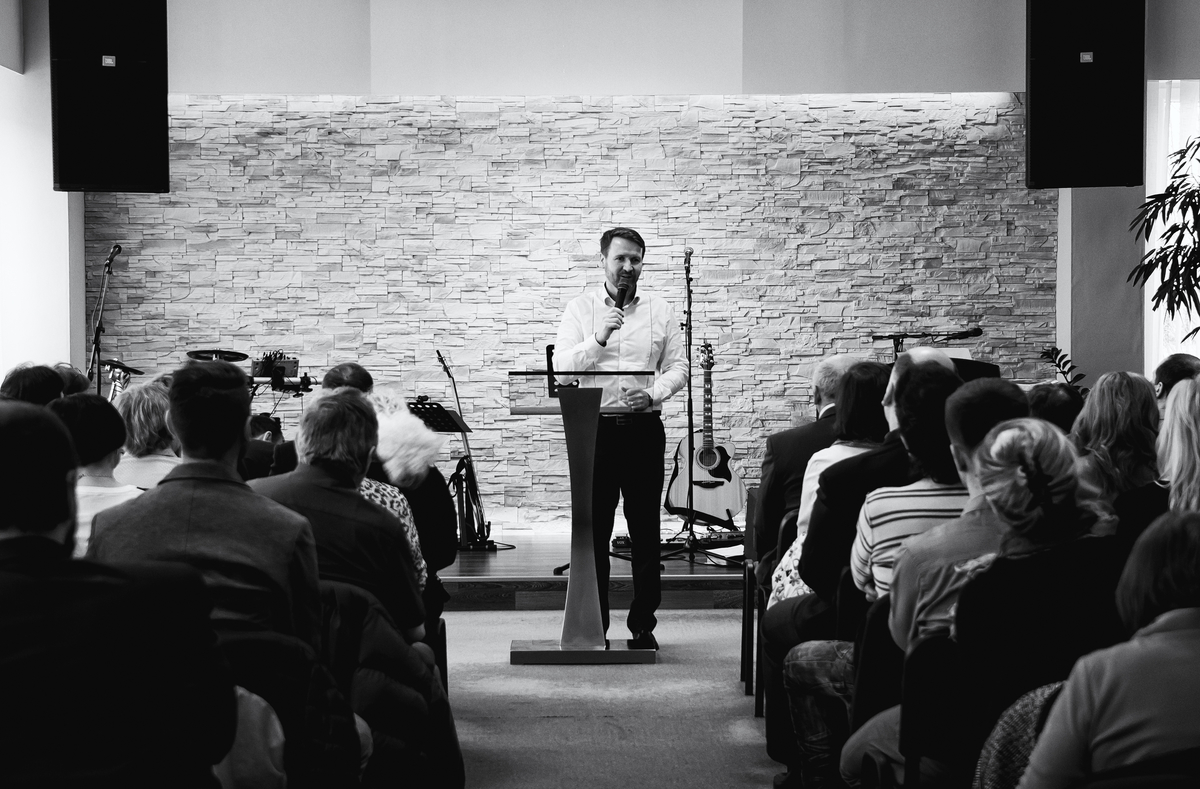When I was consulted by other church leaders, I was often asked to offer suggestions about what church programs they should eliminate. “Hey Eric, you wrote Simple Church, what should we get rid of?” I often frustrated leaders because I would answer, “This is your context, not mine. I don’t know. But you should evaluate the church programs you offer through the lens of your mission and discipleship process—don’t treat them all the same. Some should receive more attention. Some perhaps need to go away. But you are in a better position to evaluate that than me.”
Church leaders are wise to evaluate the programs they offer and decide which programs should receive more attention, which should be left alone, which should be tweaked, and which should be eliminated.
When God placed Adam in the Garden of Eden, he was told to “work it and watch over it” (Genesis 2:15). Ministry leaders must also steward the garden God has placed them in. Because God can use programs and events to feed and nurture the people, “watching over” should include stewarding the programs that are offered to people. Not each church program should be viewed the same or receive the same resources, attention, or energy. Below is a framework to help you evaluate.
In 1979, Bruce Henderson developed a helpful framework for organization leaders to think about business units or products in their portfolio—based on the anticipated growth or retraction of a market and the effectiveness of a particular product or business in a market. I have adapted his famous framework and language for church leaders to evaluate the programs within their church.

High effectiveness, High potential (Flourishing tree: Feed it)
A program that is highly effective and has high potential for the future—to serve people in increasing ways, mobilize people, generate new leaders, and provide opportunities for discipleship—is a flourishing tree. It is providing fruit for the whole garden.
What do you do with a flourishing tree? You give it more nutrients. Ensure this tree has water, fertilizer, and careful pruning. Give more attention, resources, and energy to this program than the others. When people say “that is not fair,” respond graciously but stay disciplined.
High effectiveness, Low potential (Nice plant: Leave it)
A program that is running smoothly and serving people well (high in effectiveness) but has very limited potential to scale or serve people in increasing ways in the future is like a “nice plant” in the garden. It is nice to have but won’t feed everyone who comes into the garden.
What do you do with a nice plant? You leave it alone. Some church programs are high in effectiveness but low in future potential. Let these programs be the nice plants that exist in the garden for the people who love them and are served by them, but don’t give the water, fertilizer, and attention to these. Save that for the next two.
Low effectiveness, Low potential (Weed: Pull it)
A program that is low in effectiveness and lacks potential for the future is a weed. This program is a distraction, clutters the ministry field/garden, and robs nutrients from others.
What do you do with a weed? You pull it. Pull these programs or events as they only take energy and resources away from the others.
Low effectiveness, High potential (Problem tree: Replant it)
A program that you know has a lot of potential but is currently not providing fruit for the whole garden is a problem tree. Something is off with the communication or the execution.
What do you do with a problem tree? You replant it. Perhaps it needs more sunlight or another gardener’s skillful hands. It needs something. Don’t let it remain as it is in the garden.
We are called to make disciples—not to manage programs. At the same time, since we offer programs as churches, we should do all we can to ensure they are effective within our discipleship process. We should be wise stewards as we watch over and work the fields God has placed us in.





